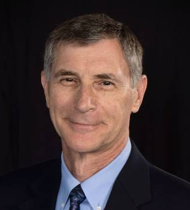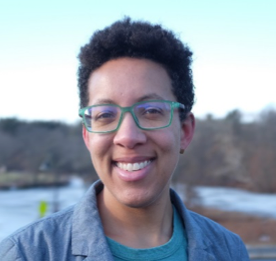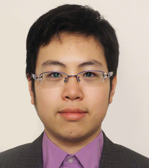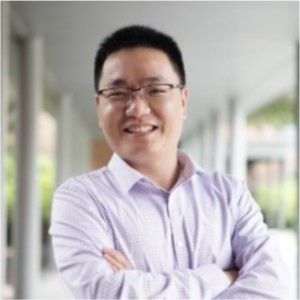 Abstract: As one of the world’s largest electronic and building material suppliers, DuPont has many top brands and technologies in the areas of flexible hybrid electronics such as flexible/wearable conductive inks and films, and large-scale rigid and flexible substrates. Smart Materials in DuPont has been focusing on the convergence of electronics and building industries and produces a new category of integrated materials and Internet of Things end points. In this seminar, I’ll present a few of our prototypes and use cases on how we design and integrate sensing and actuations within the building and construction materials. These flexible electronic functionalities add the invisible features to the material surfaces and provide a new level of enhanced aesthetics, design options, and human-building interactions inside the buildings.
Abstract: As one of the world’s largest electronic and building material suppliers, DuPont has many top brands and technologies in the areas of flexible hybrid electronics such as flexible/wearable conductive inks and films, and large-scale rigid and flexible substrates. Smart Materials in DuPont has been focusing on the convergence of electronics and building industries and produces a new category of integrated materials and Internet of Things end points. In this seminar, I’ll present a few of our prototypes and use cases on how we design and integrate sensing and actuations within the building and construction materials. These flexible electronic functionalities add the invisible features to the material surfaces and provide a new level of enhanced aesthetics, design options, and human-building interactions inside the buildings.
Biographical Sketch: Dr. Wei Wu is Principal Investigator in the Electronics and Imaging business of DuPont. He is currently working in Smart Materials as a project technical lead and has developed many electronic technologies and integrated prototypes of building materials and electronics. He joined DuPont Central Research and Development in 2011 and has led a few R&D projects on photovoltaics, thin-film electronics, and wearables. Dr. Wu received his PhD and MS in Electrical Engineering at Northwestern University and his BS in Microelectronics at Peking University. He has published over 40 peer-reviewed articles and been invited to give many technical talks.


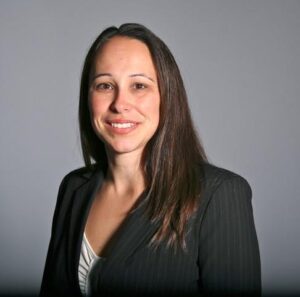
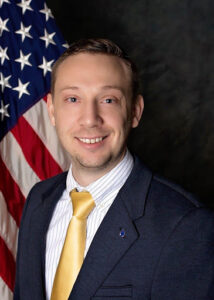 Abstract:
Abstract: 
